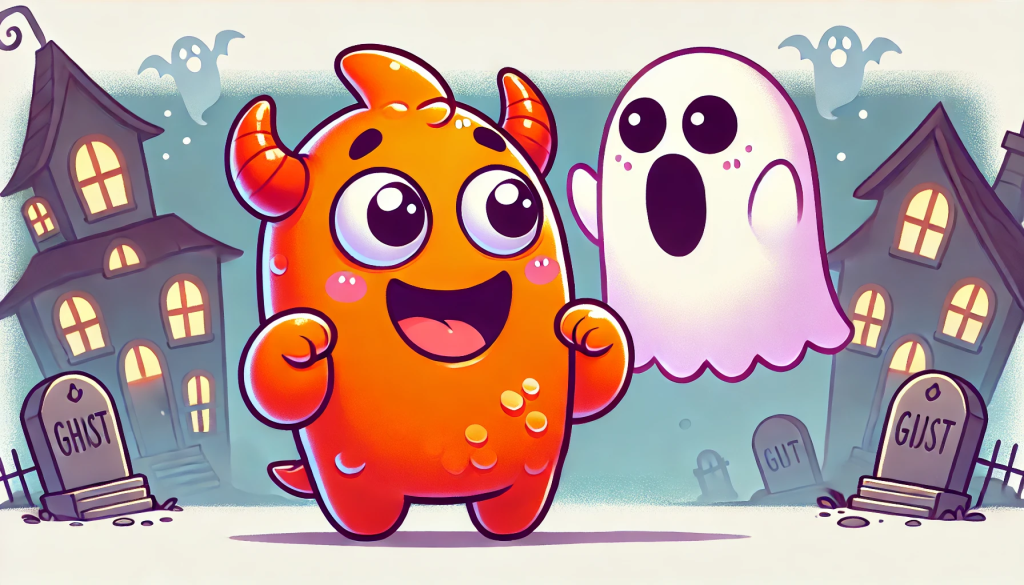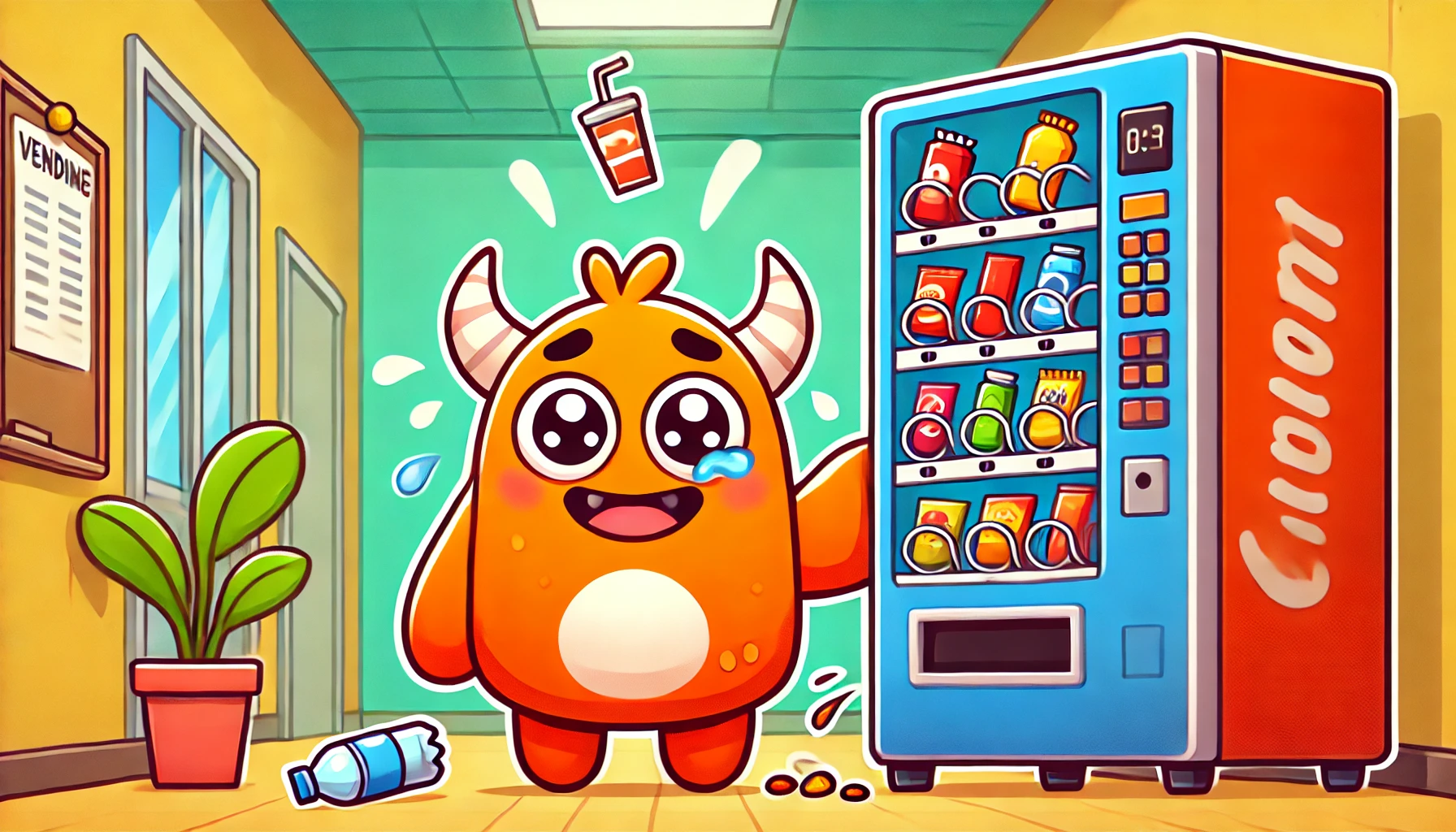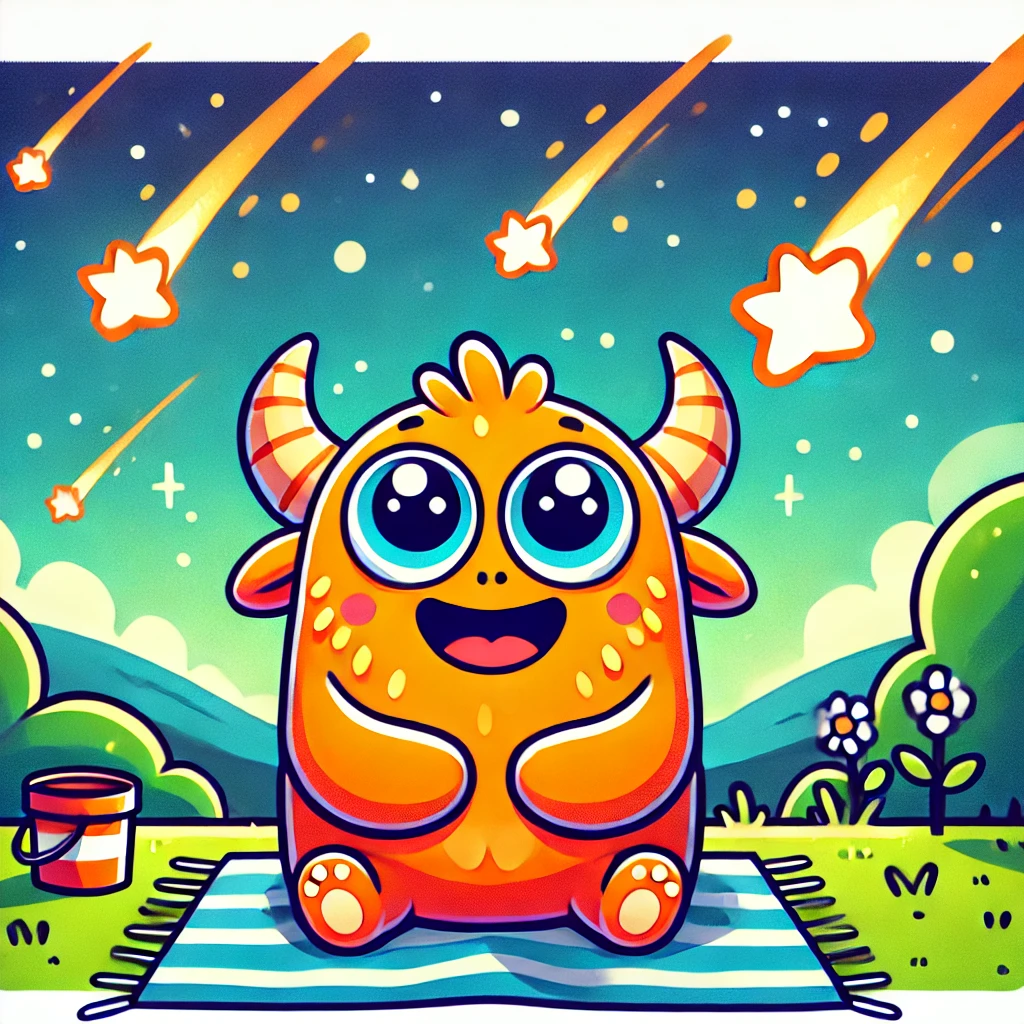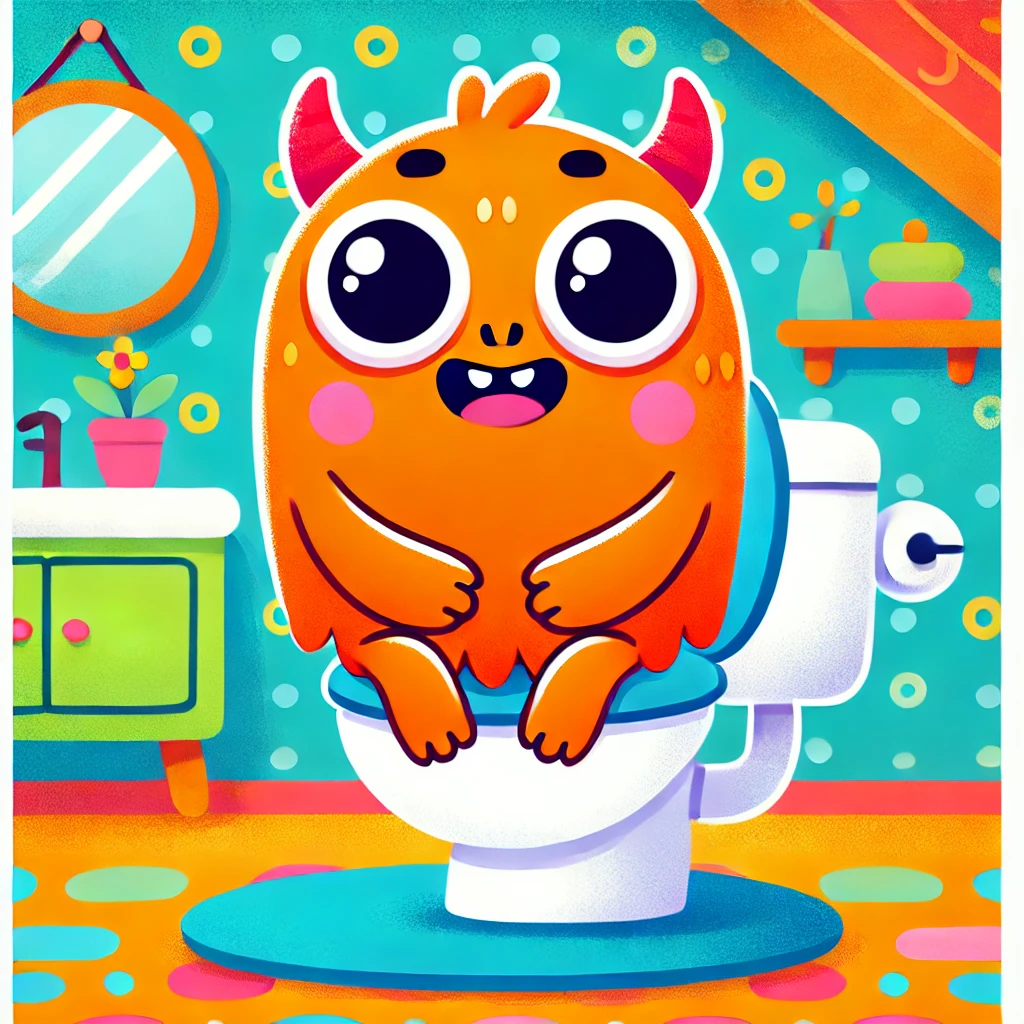
The Odds of Encountering a Ghost: What Science and Belief Say
What if nearly one in five people you know claims they’ve seen a ghost? It’s not just a Halloween story—many believe they’ve had a real paranormal encounter. While ghost sightings are a common theme in folklore, they continue to be a topic of debate in modern times. Are these sightings real, or are they the result of human psychology? Let’s explore the data and science behind the chances of encountering a ghost.
The Statistics Behind Ghost Sightings
Ghost sightings aren’t as rare as you might think. According to a Pew Research Center study, 18% of Americans claim to have seen a ghost, and 29% of the participants report feeling in touch with someone who has passed away. That’s a significant portion of the population, showing that many people believe they’ve had a brush with the paranormal. Another survey revealed that 41% of Americans believe in the existence of ghosts.
The belief in ghosts spans across different cultures, religions, and personal backgrounds. For some, ghostly encounters provide a sense of connection to the afterlife, while for others, it’s a thrilling mystery of the unknown.
Why So Many Believe: The Psychology of Ghost Encounters
But what makes so many people believe they’ve encountered a ghost? The answer often lies in psychology and environmental factors. A common phenomenon like sleep paralysis can create vivid, realistic hallucinations where people report seeing ghostly figures or feeling a presence in the room. This condition occurs when your brain wakes up before your body, leaving you temporarily paralyzed but fully aware, which can lead to terrifying experiences.
Additionally, environmental factors like dim lighting, strange acoustics, or drafts can play tricks on the mind, causing people to misinterpret what they see or hear. In unfamiliar or eerie settings—such as old houses, graveyards, or places with a reputation for being haunted—our brains are quick to fill in the blanks, often attributing these experiences to ghosts.
Cultural Influence and Belief in Ghosts
Cultural narratives also play a big role in ghost sightings. In cultures where spirits and ancestors are believed to play an active role in the world of the living, ghost sightings are more readily accepted. Even in more secular societies, ghost stories persist. In the U.S., a surprising number of people still believe in ghosts, despite advancements in science and technology. This suggests that ghost encounters may fulfill psychological needs, such as the desire to believe in life after death or to find meaning in mysterious events.
What the Data Says About the Odds
While it’s impossible to calculate exact odds of encountering a ghost, survey data suggests the chances may be higher than you’d expect. With 18% of Americans reporting ghost sightings, the phenomenon is widespread. However, many scientists argue that these experiences are more likely tied to misinterpreted sensory data or psychological phenomena, rather than actual encounters with spirits.
Conclusion: Science, Belief, and the Paranormal
Whether driven by belief, culture, or simply our minds playing tricks, ghostly encounters remain one of the most intriguing mysteries we still can’t fully explain. For some, the odds of encountering a ghost feel very real. For others, science offers a more grounded explanation. But no matter which side of the debate you stand on, one thing is certain—ghosts continue to haunt the human imagination!



